Method marketing—and other ultra-qualitative research techniques to increase your sales
(By the way, to get articles like this free in your inbox, subscribe to our newsletter.)

Techniques 13–19 of “Tools for UX and CRO: The Ultimate Guide”
This is one of a series of articles. In the first part of the series, we explain why these techniques are the most reliable way to grow any business. The first part also contains an infographic that summarizes the whole series.
(None of the links on our website are affiliate links. We’re vendor neutral, and we don’t profit from recommending technology.)
Why it’s essential to empathize with your visitors
The Roman poet Horace once said, “If you wish me to weep, you yourself must first feel grief.” In other words, you can’t arouse a feeling in someone until you have experienced that feeling yourself.
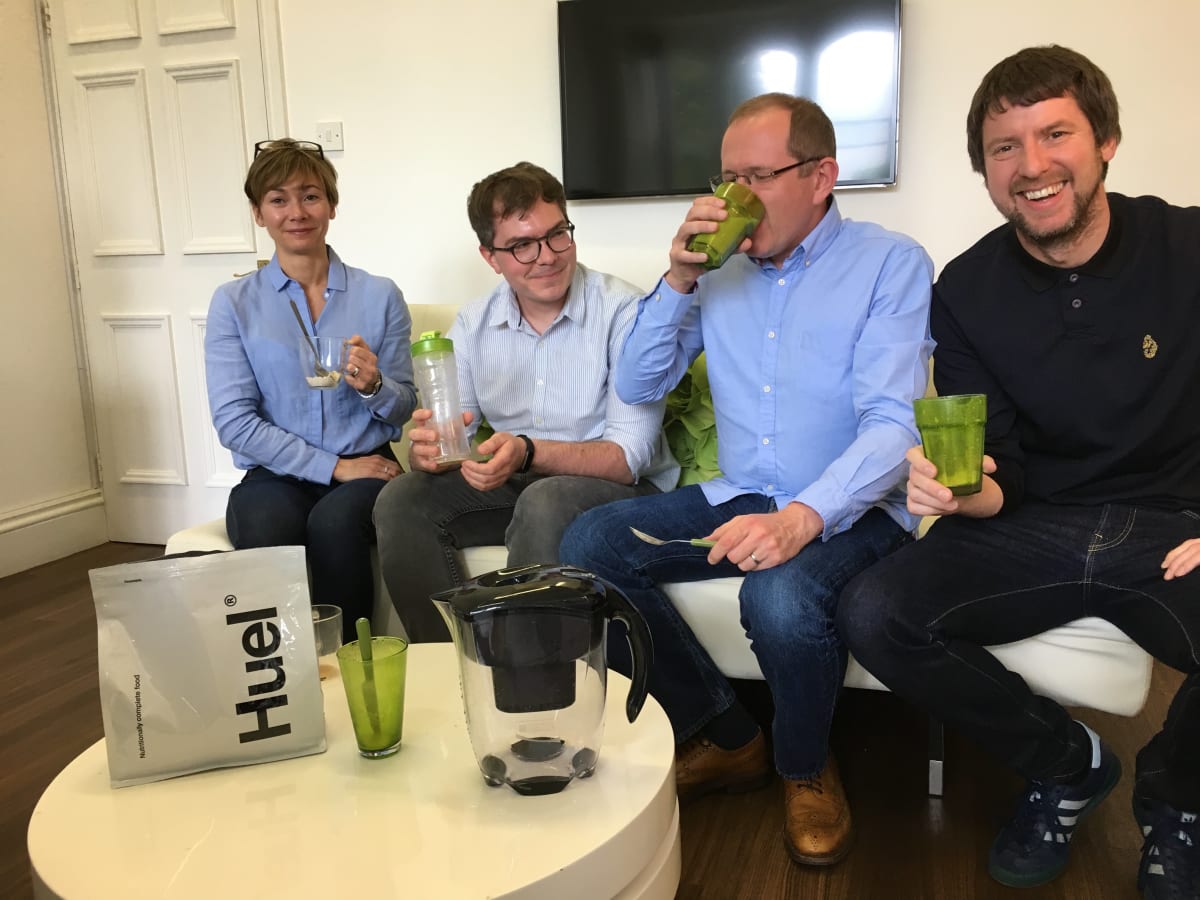
In his book Making Ads Pay, the veteran copywriter John Caples illustrated this by describing a demonstration that his physics professor once carried out (it’s repeated here on YouTube if you want to see it). The professor fastened two tuning forks close to each other, then struck one of them hard with a hammer. Its sound rang out like a chime. Then he seized the vibrating fork with his hand, and the music stopped. To the class’s surprise, the other tuning fork had started to vibrate and was giving off the same musical note.
Caples observed that emotional vibrations work in the same way; they travel from one person to another. When you write, the tuning fork within you must vibrate at the same frequency as the tuning forks within your visitors.
So before you can write compelling copy, you must emotionally empathize with your visitors.
It isn’t easy, though. As a web marketer, your work is almost intrinsically ivory-tower work. It’s hard to even meet your visitors, never mind empathize with them. So how do you develop this emotional resonance?
Quantitative feedback tools—like clickstream analytics—don’t help, because they just give you numbers. Qualitative feedback tools—like surveys—can give you the voice of the visitor, but they aren’t sufficient to turn you into a tuning fork. The following two techniques (numbers 13, 14) plus, to a lesser extent numbers 15, 18 and 20—are what we call ultra-qualitative. They are at the core of how we approach conversion. You don’t hear much about them because no one has found a way to package them into neat little subscription services. You’ll never see ads for them. That doesn’t make them any less valuable.
Technique 13: Using method marketing (become a customer so that you understand at least one customer deeply)
Method marketing is a term that was coined by the marketer Denny Hatch. It’s inspired by the “method” approach to acting. It’s said that when Robert De Niro came to New York for the filming of the movie Taxi Driver, he arrived early and proceeded to get a job as a real taxi driver. For two weeks, he worked long shifts. By the time filming began, De Niro was no longer a Hollywood celebrity trying to imagine how it must feel to be a taxi driver. He actually was a taxi driver. He had experienced the dangers. He had suffered the fatigue. And he felt at home in his car. He had gained the tacit knowledge of a real taxi driver.
Tacit knowledge is knowledge that is difficult to learn from the words of others. Perhaps the best way to appreciate its power is to read the following list:
Tacit knowledge: things that you can’t understand unless you have experienced them (excerpted from a thread on Quora)
- Being a parent/having a kid
- Having migraines
- Falling in love. (Incidentally, Norwegians have a word, “Forelsket,” which means “the indescribable euphoria experienced as you begin to fall in love.”)
- Orgasm
- Having a loved one die
- Being drunk
- Being blind
- Flying
- Spiritual enlightenment
- Being underwater
- Meditation
- The tastes of particular foods
- Being dumped/heartbreak
- Being gay
- Addiction
- Hallucinogens
- Clinical depression or any other form of mental illness
- Holding your new-born child
- Being an identical twin
One of the Quora commenters explained it succinctly: “When one of these things happens, you join a club. Those in the club don’t need any explanation of what the experience is like. For those outside the club, no amount of explanation would suffice.”
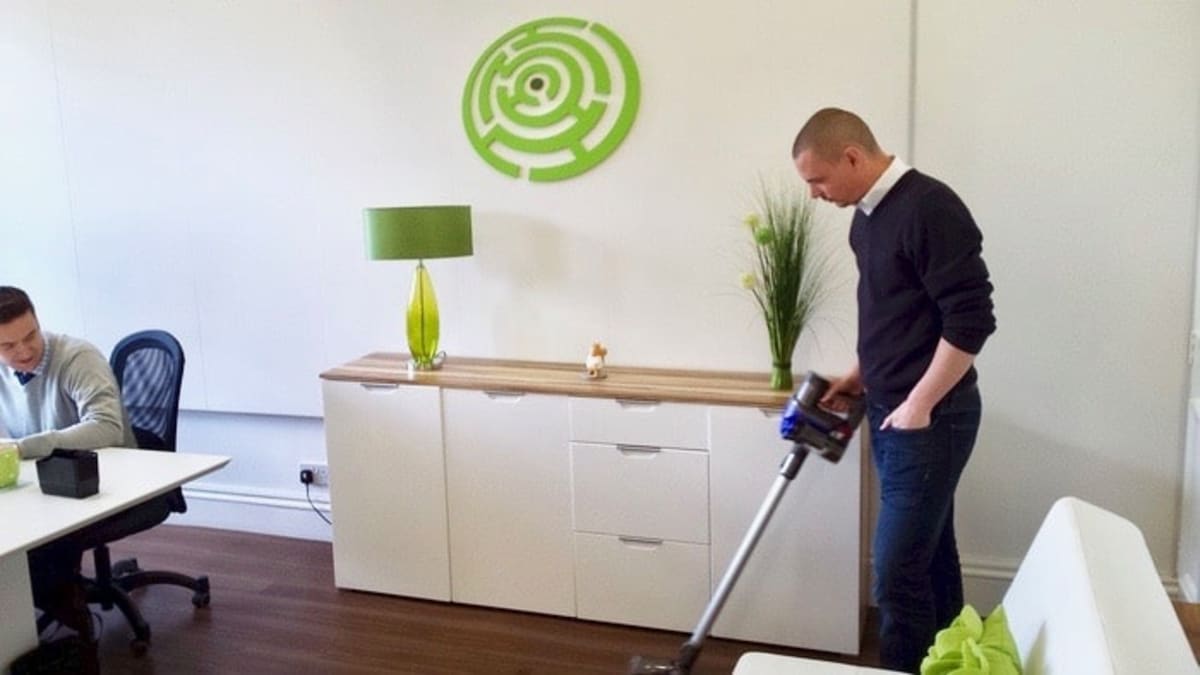
All our consultants “join the club” by doing method marketing. They become a customer and live the life of the customer. So by the time they begin copywriting, they are writing from the heart. Of course, they then face the challenge of communicating their tacit knowledge, trying to welcome outsiders into the club. That’s why copywriting is hard. But at least they are trying to persuade the visitors from the perspective of a knowledgeable insider—not a naive outsider.
As proof of how valuable we think this technique is, the following images show examples of how much commitment we put into it.

Why are we wearing super-hero suits? We helped the company Morphsuits to win an award for fast growth. Morphsuits became the 18th-fastest-growing company in the UK, and its directors were invited to Richard Branson’s house to collect their Sunday Times FastTrack awards. The photo above shows one of our consultants testing out his fancy-dress Morphsuit on a night out with a friend. It’s hard to persuade someone to buy a lycra bodysuit unless you have personally experienced its benefits (“When you’re wearing a Morphsuit, things just happen”)—and you have managed to overcome your own objections.
The following photo shows some antibodies that we had ordered from a client that sold scientific supplies. We weren’t able to test the antibodies. In fact, we were wary about going anywhere near them. But during the unboxing process, we noticed some valuable information that was wrongly absent from the website.

We had a client that sold sheds online. Our co-founder Ben was the most in need of a new shed. (More accurately, he was the person least reluctant to get one.) Ben had many insights during the buying process. One of the more interesting insights came once the shed was delivered to the front of his house. Ben discovered that the shed’s components would not fit easily through a standard doorway. They scraped the paint off the house’s door frame. Based on this feedback, our client redesigned all its sheds so that no component was too large to fit through a doorway. This improved the client’s customer feedback rating, which was already high. Some people would deem this to be outside of the remit of conversion rate optimization (CRO). But CRO is concerned with every customer interaction within the business, not just those in the early stages.


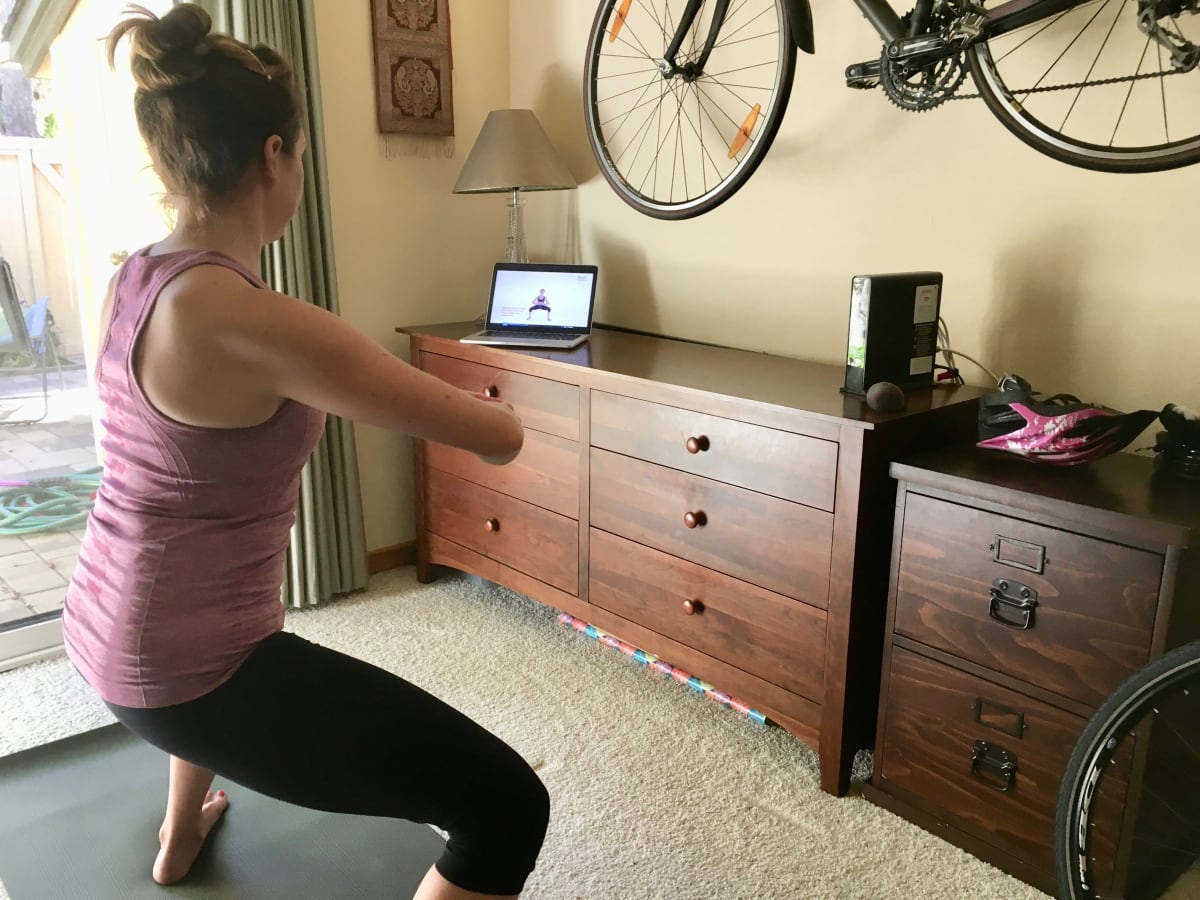
There should be no exceptions to this rule. When one of our consultants was uncomfortable joining a dating site to understand how the whole process worked, our co-founder Karl had to step in. Karl stopped short of going on a date, but the process revealed many insights—including the fact that Karl’s “datability index” was 40%. (Karl insists that this indicated the presence of a major bug in the website’s rating algorithm.)

Technique 14: Using method marketing with offline competitors (because the offline world has often cracked problems that the online world hasn’t)
You can learn a lot from carrying out method marketing with competitors, particularly with offline ones. Most online businesses have offline equivalents that you can visit. Offline companies are less subject to ivory-tower syndrome than online companies, because they have face-to-face contact with customers. Their sales funnels tend to be more sophisticated.
The following photo shows our co-founder, Karl, carrying out grueling research at the local bingo hall:

Karl learned that offline bingo is excellent regarding usability. Offline bingo halls have solved many problems that online bingo still hadn’t solved. New players were led through an elegant onboarding process that introduced them to every type of game and service.
Finally, we have helped to grow several clients in weight loss, including MyFitnessPal, one of the world’s most-downloaded mobile apps for weight loss, which recently sold for almost half a billion dollars. And we have learned a lot of techniques by attending offline weight-loss clubs, like Weight Watchers. The great thing about weight-loss groups is that you can speak with real customers. In fact, that’s what a Weight Watchers meeting is—a one-hour discussion group.
The following photos show Karl starting and finishing the Weight Watchers program. He adopted the traditional before-and-after poses.
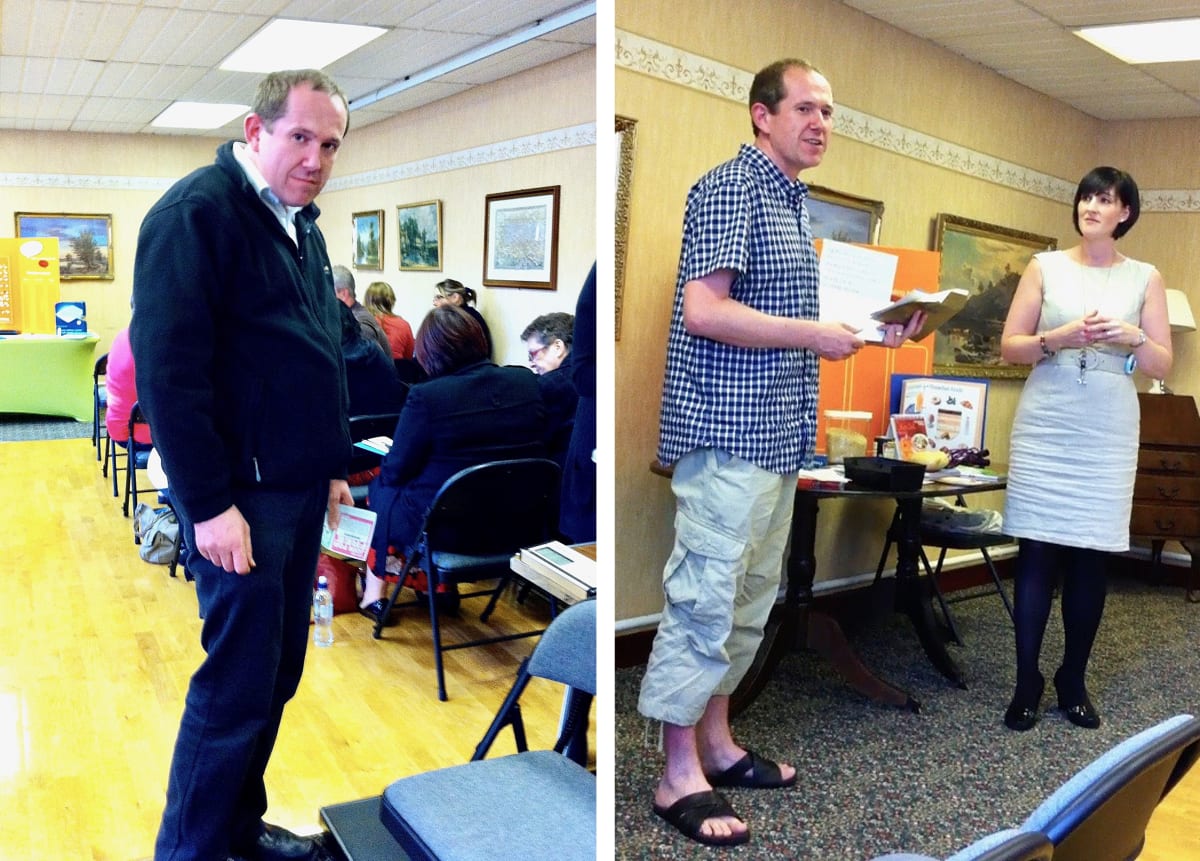
He lost 32 pounds and gained even more insights.
Then he regained the pounds.
Technique 15: Becoming a face-to-face salesperson (to learn how to sell the product)
Your website is effectively your 24/7 robot salesperson. And the robot is no smarter than its inventor. If you can’t sell your products face to face, you’ll struggle to sell them online.
Method marketing helps, but it allows you to understand only one customer (yourself). The best way to understand many customers well—albeit not quite so deeply—is to sell the product face to face.
In 2003 our founders, Ben and Karl, ran a web business called Mobal that provided cell phones to travelers. Mobal had a large Japanese presence, so Nokia asked Mobal to set up and manage Japan’s first bricks-and-mortar Nokia store. We had no intention of going into offline retail, but we took on the project because we relished the opportunity for our team to spend time selling face to face with our visitors.
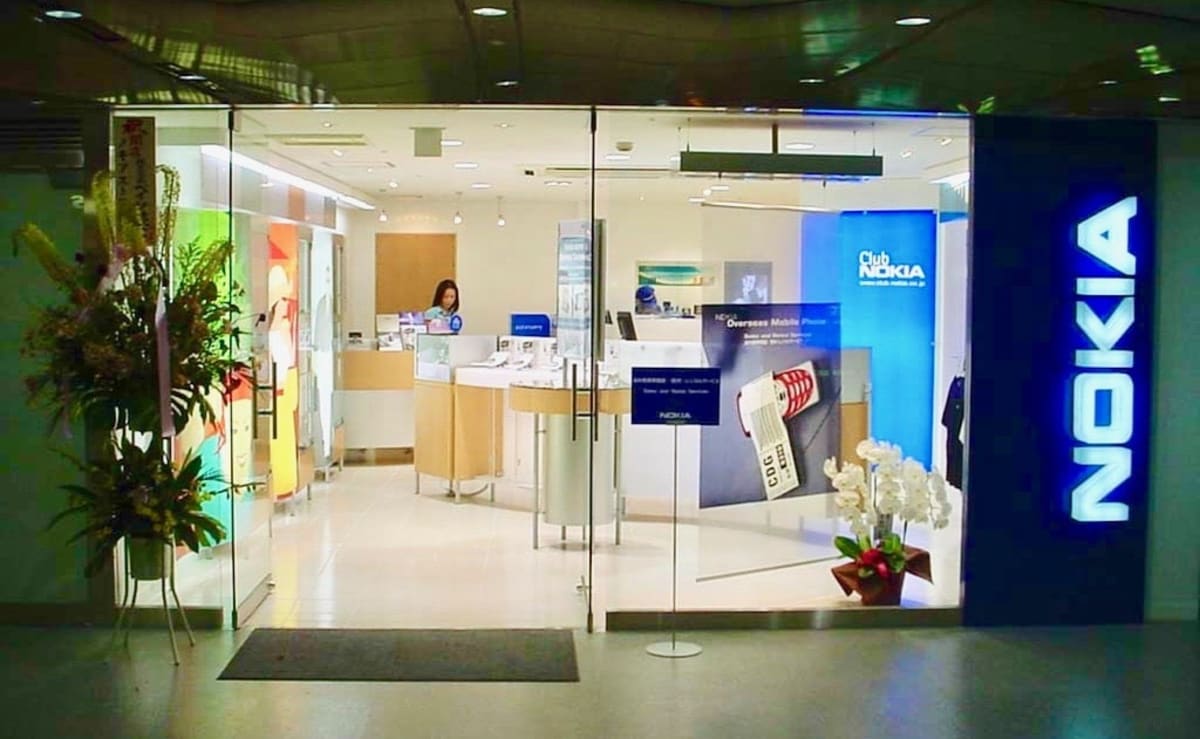
Once the store was open, we created a spreadsheet for our team to complete. It contained two columns:
- Column 1: Objections. To this column, our team members added all the objections that they heard from visitors. For example, visitors would say, “Instead of buying one of these phones, I will save money by buying a local pre-paid SIM card when I arrive in my destination country.”
- Column 2: Counter-objections. To this column, our team members added the responses that they found to be the most effective. For example, in response to the objection above, we would reply: “If you buy a local pre-paid SIM card at your destination, you won’t know your phone number until you arrive, so your friends and family won’t know how to contact you.”
The spreadsheet of objections and counter-objections became our knowledgebase of tried-and-tested sales copy. We incorporated its content into the website, to great success; we more than doubled the conversion rate and the revenue of the business.
Usually, though, you can’t open a bricks-and-mortar store. The following example is from the other end of the scrappiness spectrum. While developing a new type of SIM card for world phones, we realized that we had spent too much time in our office ivory tower. So we visited a local flea market, where we spent several hours trying to sell the new prototype product face to face.
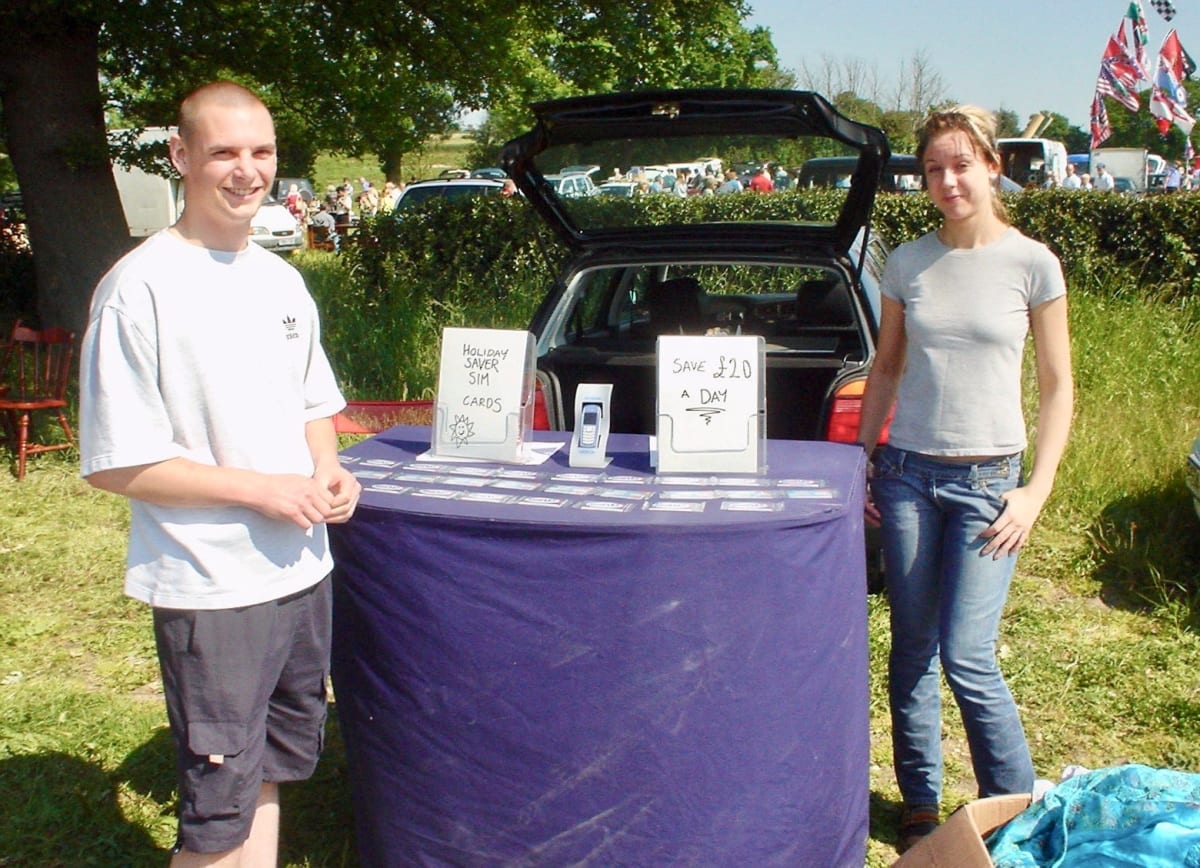
At first, we told our stall’s visitors that we were carrying out market research and that we wanted to hear their feedback. This had two problems: (i) most people didn’t want to speak about market research, and (ii) those who did tended to give responses that were polite and false. Only when we tried to close the sale did we hear their true objections. So from then on, we tried to sell in earnest (even though our prime motive was to gather feedback). If a visitor showed interest, we would take down their name so we could notify them when the product became available.
This activity became a core part of our process for developing new products. Because our product was aimed at travelers, we soon graduated from flea markets to airports, where we would rent space for an exhibition stand.
Technique 16: Seeing how others describe it in writing (because their words are likely to reveal a lot)
The closer you are to a business, the more you have the “curse of knowledge,” the cognitive bias that makes it hard to see things through the eyes of those less experienced. It can help to read how other people have tried to describe your product. The following methods are often useful:
- Read Wikipedia: If your company, your product, or the generic type of product has a page on Wikipedia, then study the words that the writers have used. Wikipedia articles are usually excellent in terms of intelligibility, which is particularly important for products that are technical or complex. We have seen several products for which the Wikipedia page was clearer and more persuasive than the company’s official landing page. (We once tried, unsuccessfully, to persuade a client to point some of its Google Ads traffic at its Wikipedia page.)
- Read reviews: Reviews on online stores like Amazon reveal a lot about the buyers’ psychology—particularly their likes and dislikes. Pay attention to the wording used in the reviews.
- Look for places where customers sell the product to others: There’s no purer copywriting than when buyers recommend products to their friends. Search Twitter and Facebook for instances of customers recommending your product to their followers. If your company has a tell-a-friend program that allows the customers to send a personalized message to their friends, then those messages can be a great source of sales copy. (Check first that you are okay to analyze those messages without breaking any laws or terms and conditions.) Not only do the messages reveal the persuasive arguments, but they also tell you the exact wording that customers use. By analyzing the frequency of words used, you can establish the lexicon you should use in your copywriting.
Technique 17: Talking to a “VOC Aggregator” (perhaps the fastest way to understand users)
What VOC Aggregators are, and why you need to find yours
According to Paul Graham of Y Combinator, to grow an early-stage web business, you should spend all of your waking hours on the following three activities:
- Build the product
- Talk to users
- Exercise
We agree. We spend a good fraction of our time talking with our clients’ users. It’s priceless, but it’s also time-consuming.
So we also talk to people who spend their whole lives speaking with users. For example, salespeople, consultants, and customer-support staff. We call these people “Voice-Of-Customer Aggregators” (or “VOC Aggregators”). VOC Aggregators already understand the users. And they don’t just know facts like “The average user is 40 years old with 2.4 children”; they know the users intuitively, much like you know your own family. In fact, they can often second-guess how the users would react to a particular idea. Plus, because they speak with so many users, they know the relative importance of each issue. When you talk to a VOC Aggregator, you harness the wisdom of thousands of hours of conversations with users.
Of course, you still need to talk to users. But you can accelerate your understanding by identifying your market’s VOC Aggregators and then talking to them.
With this in mind, the updated formula would be:
- Build the product
- Talk to users—and to people who talk to users
- Exercise
How to benefit from VOC Aggregation
Here’s what you can do:
- Identify your own industry’s VOC Aggregators. They may be resellers, consultants, telesales people, customer-support people. They may work for your company or for other companies in the same supply chain. They may work for online companies, mail-order companies, or bricks-and-mortar companies. So, for example, when we work for manufacturers of consumer electronics, we spend a lot of time speaking with the staff of bricks-and-mortar electronics stores.
- Talk to them. Ask them how they would sell your product. Their approach is likely to mirror the logic of how their customers buy.
- Implement as much of their feedback as you can. Add the rest to your product roadmap and marketing roadmap.
Examples of VOC Aggregation
One of the roles of Conversion Rate Experts is to recommend marketing software to its clients. In this respect, we are a VOC Aggregator for marketing software. You might be interested to see this summary of our knowledge, which we created for vendors of marketing software. When you speak with your industry’s VOC Aggregators, you may wish to ask them to create an equivalent document for your situation.
While we were working with Sony, we visited a store that sold its devices. The shop assistant, pictured below, was great at selling the product.
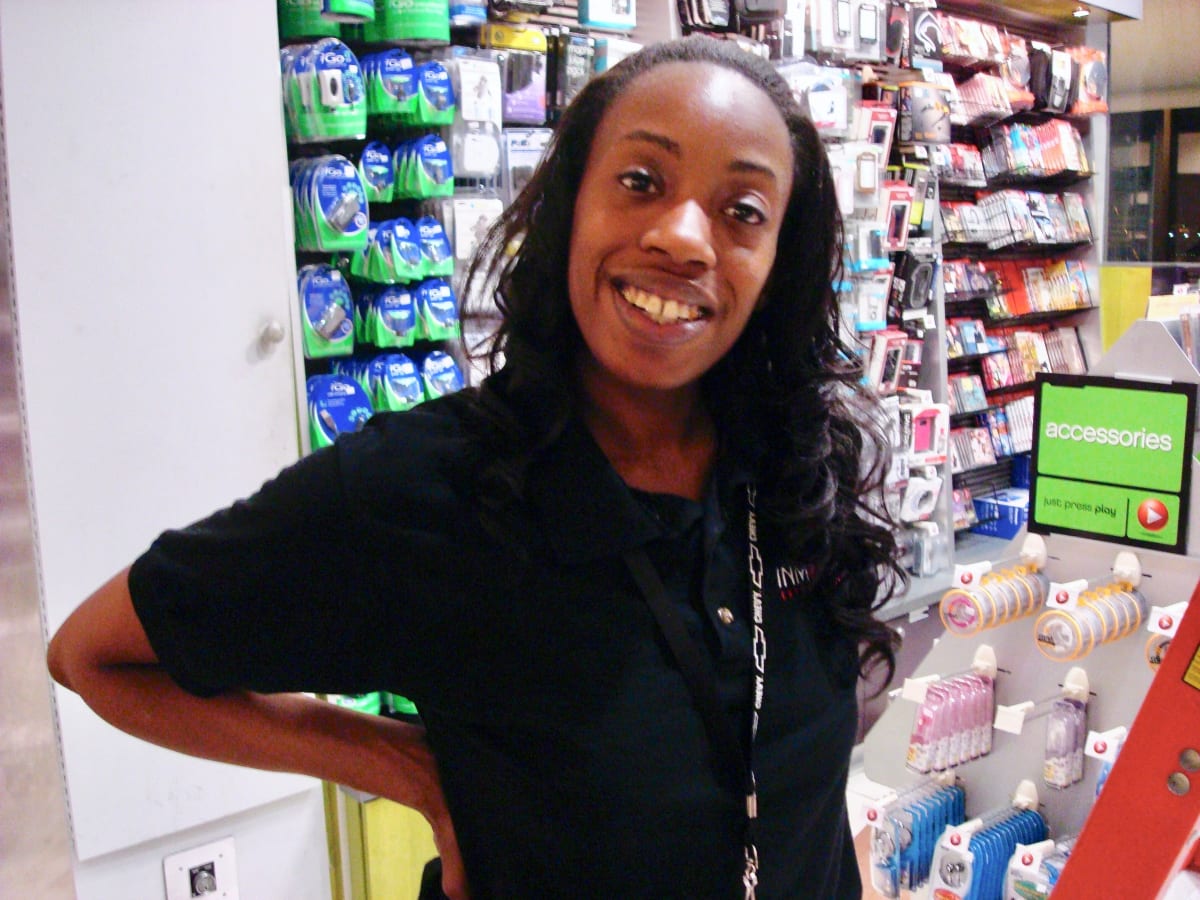
She sold several of the devices each week, and she knew the answers to all the questions that visitors asked. We asked her for her views on the product’s website, which she knew well because she had studied it when searching for answers to her visitors’ questions. She described 22 facts that her visitors needed to know but which weren’t mentioned on the company’s website. We incorporated these facts into the webpage, making it much more persuasive.
For many products, the salespeople hold decision-trees in their heads. What they say depends on how visitors answered the previous questions. In such cases, you should map out the decision-trees, consolidate them, and then turn them into conversion flows.
Technique 18: Encouraging your visitors to phone you (so you can understand them better)
If your phone number is displayed prominently on your pages, speak with your inbound telesales team, or whoever answers the calls. They will already understand your visitors more deeply than you could ever do by using most of the techniques listed above. In fact, you may well discover that your page should be a distilled version of words and logic that the salesperson says to the callers.
If the price of your product is low, you may find that it’s economically unviable to invite phone calls. Regardless, we still recommend you add a phone number for just a day or so, for research purposes. The first few phone calls can reveal breakthrough insights. Not only do phone calls help you to understand your visitors, but they also help you to understand yourself. A phone call can be an “intuition pump”—on the phone, you’ll find yourself intuitively using words and logic that you hadn’t thought to write on your pages. Just as stand-up comedians come up with many of their best lines while performing in front of an audience, you’ll find that much of your best sales copy comes while you are selling on the phone or in person, one-to-one.

Technique 19: Creating a knowledgebase of answers to your visitors’ questions
Knowledgebase software helps you to corral users’ questions, and to organize your responses. By studying the knowledgebase, you can understand your visitors’ intentions, their likes, their objections and your most effective counter-objections. Plus, the knowledgebase doesn’t just help you gain insight; it helps visitors to convert.
Software options include Help Scout, Zendesk, Moxie, Intercom, and FreshDesk.
Read the next article in this series
This article is one of a series that began with an infographic here. The next part is here.
How much did you like this article?
What’s your goal today?
1. Hire us to grow your company
We’ve generated hundreds of millions for our clients, using our unique CRE Methodology™. To discover how we can help grow your business:
- Read our case studies, client success stories, and video testimonials.
- Learn about us, and our unique values, beliefs and quirks.
- Visit our “Services” page to see the process by which we assess whether we’re a good fit for each other.
- Schedule your FREE website strategy session with one of our renowned experts.
Schedule your FREE strategy session
2. Learn how to do conversion
Download a free copy of our Amazon #1 best-selling book, Making Websites Win, recommended by Google, Facebook, Microsoft, Moz, Econsultancy, and many more industry leaders. You’ll also be subscribed to our email newsletter and notified whenever we publish new articles or have something interesting to share.
Browse hundreds of articles, containing an amazing number of useful tools and techniques. Many readers tell us they have doubled their sales by following the advice in these articles.
Download a free copy of our best-selling book
3. Join our team
If you want to join our team—or discover why our team members love working with us—then see our “Careers” page.
4. Contact us
We help businesses worldwide, so get in touch!
© 2026 Conversion Rate Experts Limited. All rights reserved.















